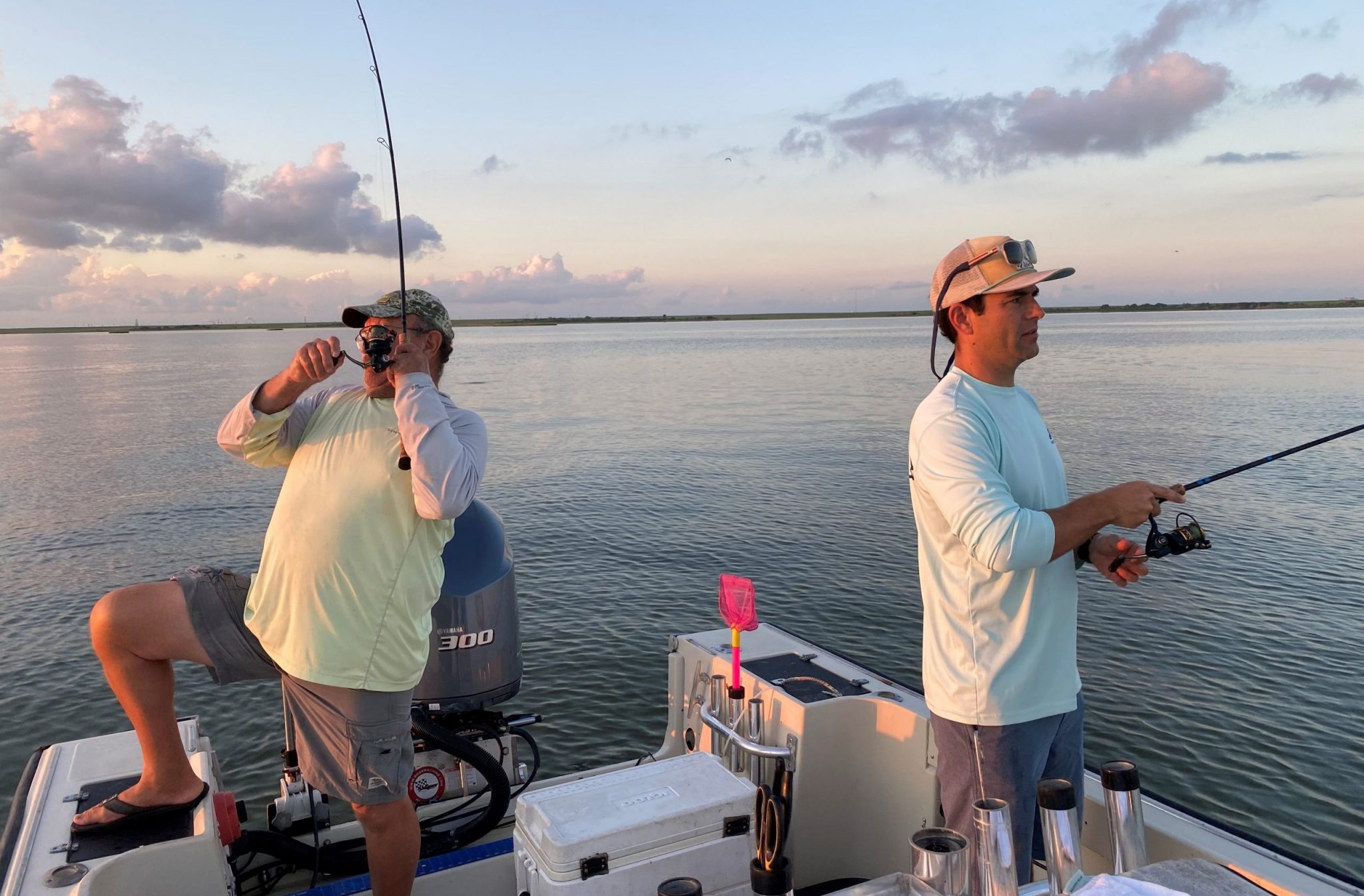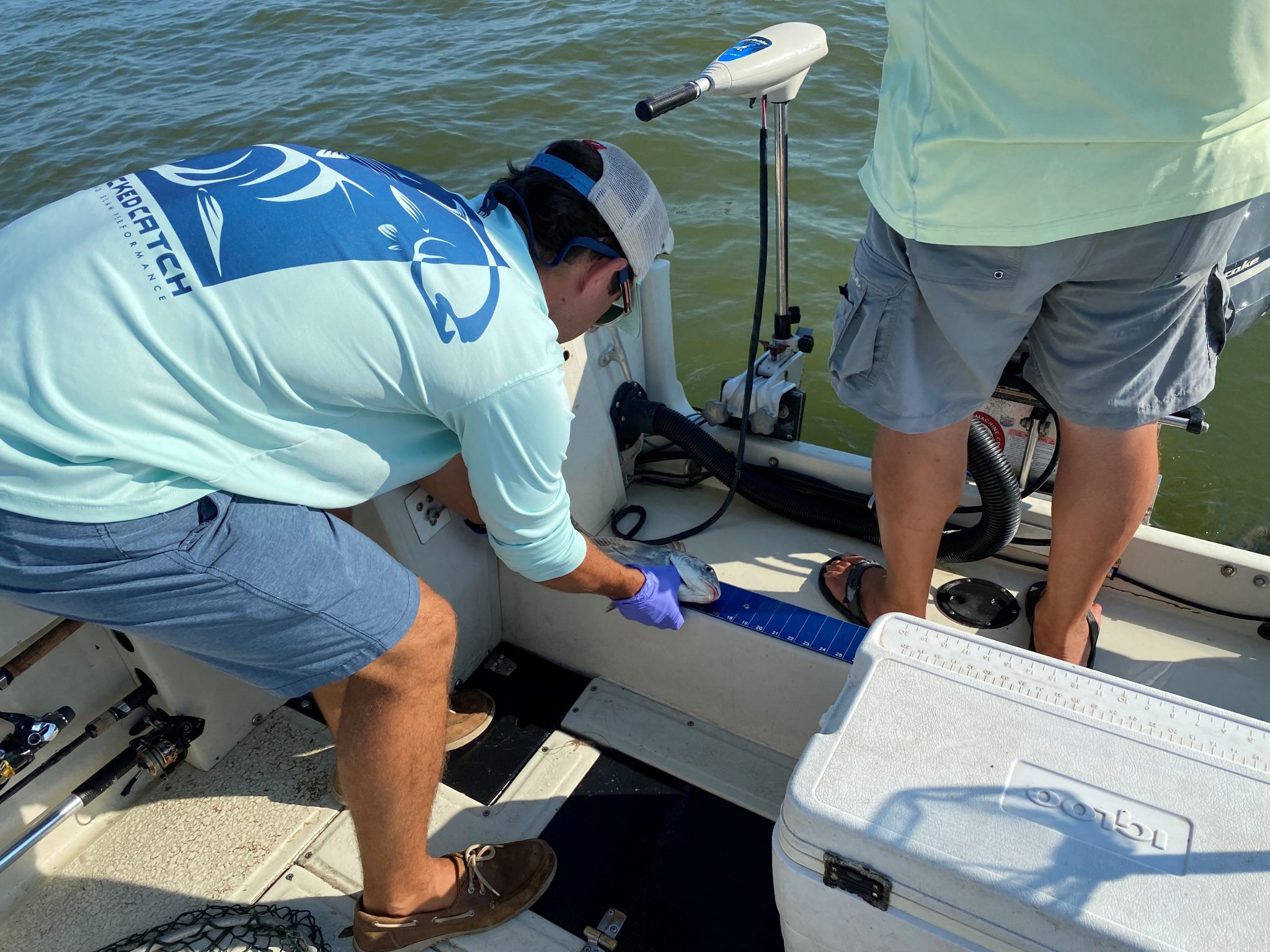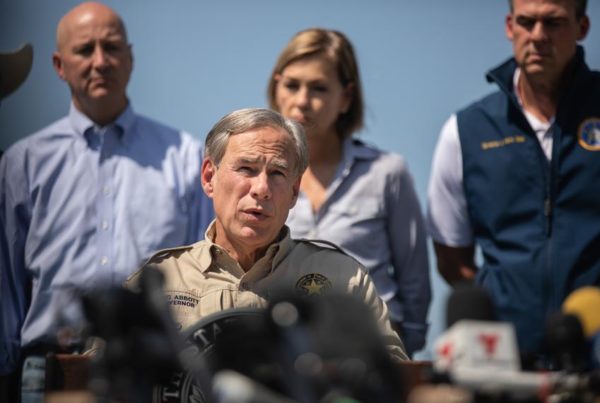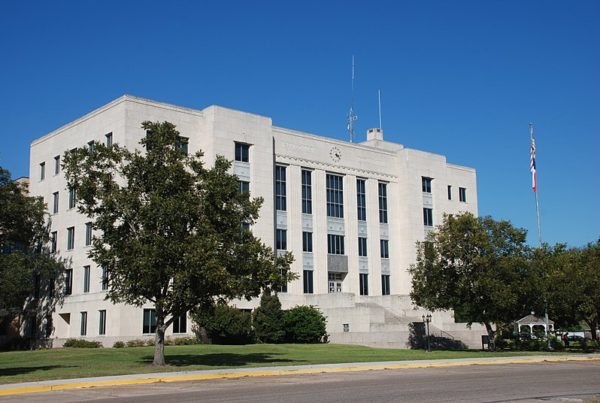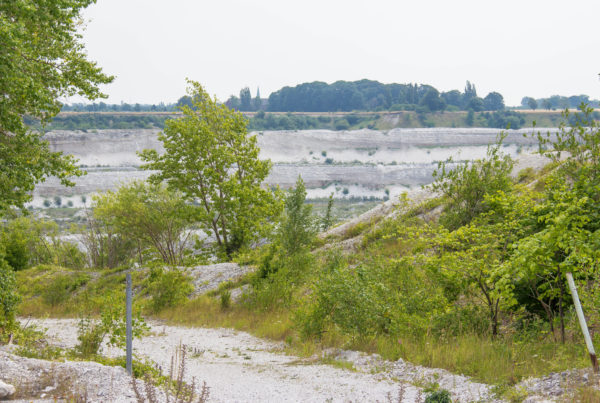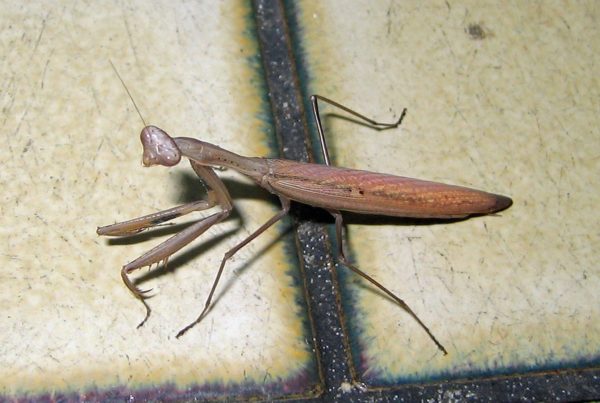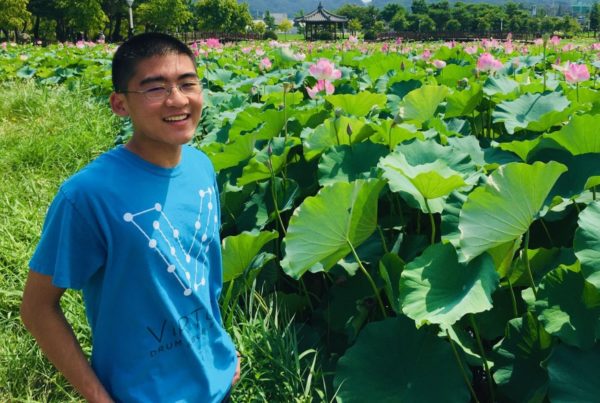The sun was still rising over Galveston Bay on a recent Monday morning, and Sepp Haukebo and Captain LG Boyd had already cast their fishing lines into the water.
As they waited for something to bite, the warm pink morning sky settled behind industrial smokestacks on the shoreline. The two were hoping to catch about 10 fish by the end of the day.
“We’re trying to get a few more redfish, some black drum, maybe some speckled trout,” said Haukebo, the manager for recreational fishing solutions at the Environmental Defense Fund.
But the plan wasn’t to eat the fish.
Instead, the fish would be sent to a lab at Texas A&M University, where they would be tested for the presence of certain chemicals and metals that are associated with the petrochemical industry.
It’s part of a three-year, $1.2 million grant from the National Academy of Sciences to look at what pollution from the area’s industrial facilities is ending up in the bay during flood events, and how to mitigate it. The data is especially important as sea-level rise and stronger storms put industrial facilities along the Houston Ship Channel increasingly at risk of flooding.
The fish samples are one part of that project.


